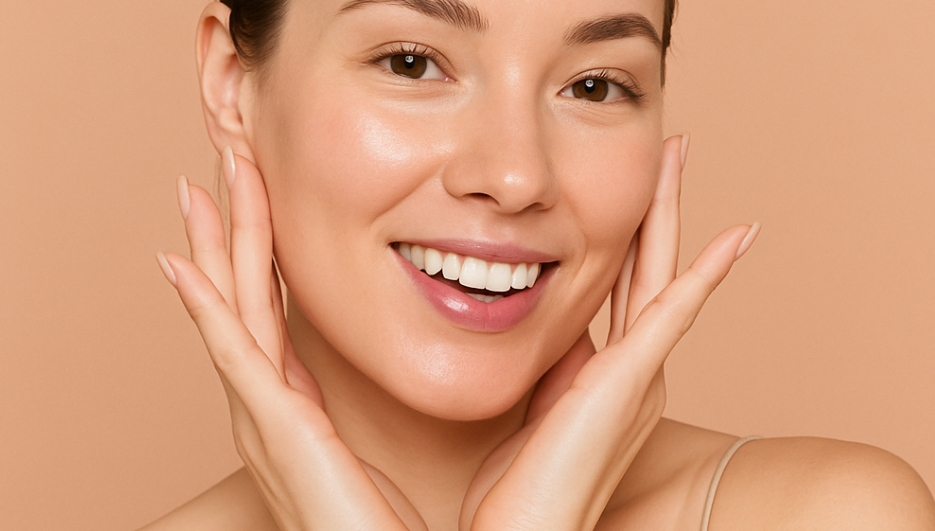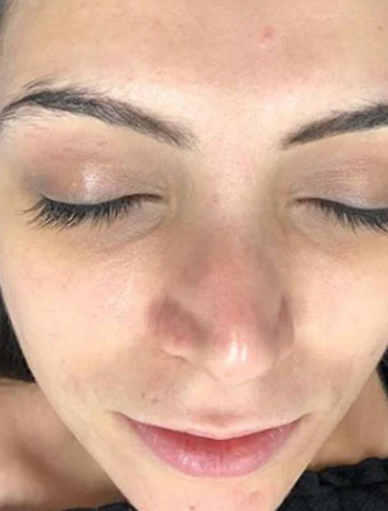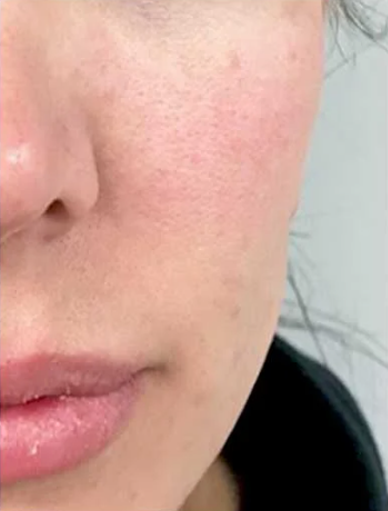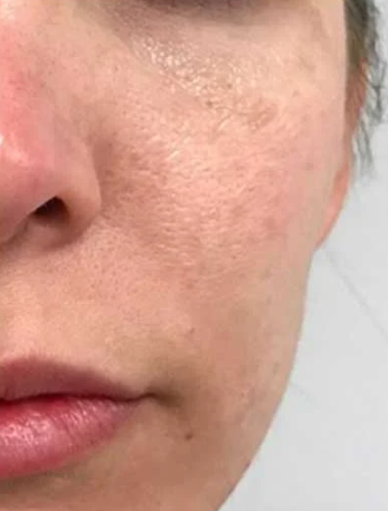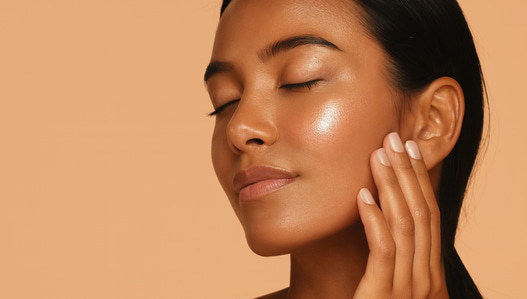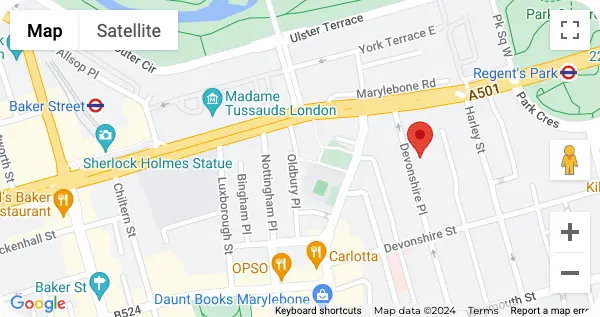Introduction
HydraFacial is known to rejuvenate skin but does it have any secret side effects? Find out what to expect after a HydraFacial and tips for treating your skin properly from adverse reactions, short-term redness to extremely rare allergic reactions.
Understanding HydraFacial: What It Is and How It Works
HydraFacial is a non-invasive facial treatment that cleanses, exfoliates, extracts impurities and hydrates the skin using a patented Vortex Fusion delivery system. This is the same thing that blends a number of skincare technologies in one session like Mechanical exfoliation, mild chemical peeling, automated extraction and a simultaneous hydration to deliver Antioxidant and peptide-rich serums.
The Treatment Process
The HydraFacial procedure typically involves the following steps:
- Cleansing and exfoliation: The skin is first cleansed and dead skin cells are removed using a deplaning tool.
- Acid peel: A gentle glycolic and salicylic acid solution is applied to loosen debris without causing post-peel scaling.
- Extraction: A suction device clears out pores in a non-irritating way.
- Hydration: Antioxidants, peptides and hyaluronic acid are infused into the skin for hydration and nourishment.
Immediate Benefits and Expectations
Post treatment, more than 95% of patients express a refreshed and radiant skin tone. The skin often appears smoother, hydrated and more even. But how your skin looks and feels post-treatment differs from person to person, according to their skin type or sensitivity.
Common HydraFacial Side Effects
Overview of After HydraFacial Side Effects
HydraFacial is often tolerated well and can be done on most skin types. However, like with any professional skincare treatment, it may have some minor side effects. Those are generally transient and self-limiting.
Typical Reactions: Redness, Sensitivity, Dryness
The most common side effects include:
- Redness: This side effect usually occurs in individuals with sensitive or reactive skin.
- Tingling or tightness: A significant number of clients feel their skin tightening or tingling once the process is over.
- Mild flaking or dryness: Since your skin is being exfoliated, you may notice some slight peeling but this should normally go away in 3 days.
How Long Do These Side Effects Last?
Typical sides largely settle down in the 24-48 hour time-frame. Though redness will completely disappear by the day’s end, dryness or sensitivity may linger a bit longer depending on how badly your skin’s barrier wall is compromised.
Immediate vs Delayed Side Effects
Redness, tightness and sensitivity are common immediate side effects, whereas dry and slightly flakey skin are delayed side-effects that can develop over the course of a few days post-treatment. The most common response to treatment and this is all a good sign that the healing and rejuvenation process is under way.
Negative Side Effects of HydraFacial: What to Watch For
Rare Adverse Reactions
These are all rare, but more severe side effects have been reported following HydraFacial, such as:
- Prolonged inflammation
- Contact dermatitis
- Breakouts
- Hyperpigmentation in predisposed individuals
Improper technique when applying wax, using the wrong skincare products before or after the treatment or certain types of skin conditions.
Allergic Responses to Ingredients
HydraFacial serums usually consist of active ingredients like glycolic acid, salicylic acid, niacinamide and botanical extracts. Some people may experience the following signs when exposed to benzyl alcohol:
- Localized itching or stinging
- Rashes or hives
- Swelling or puffiness
How to Identify an Allergic Reaction
This differs from an allergic reaction — which is temporary sensitivity. Signs include:
- Persistent redness not improving after 48 hours
- Raised, itchy welts
- Generalised facial swelling
- A burning sensation
If any of these symptoms occur, a medical consultation is advised to avoid further skin barrier disruption.
Skin Barrier Sensitivity
The skin may be damaged from overuse of exfoliating compounds or too-frequent HydraFacial treatments, damaging its natural barrier function. This can break the barrier, and ultimately will cause an increase in transepidermal water loss, sensitivity to other products and prolonged dryness.
Long-term Effects: Are They Real?
Scientific Evidence & Dermatologist Insights
There is not much research on the long term effects of HydraFacial at this time. However the long term repeating insult of low-level acids and mechanical suction can potentially:
- Increase the risk of cumulative irritation
- Reduce lipid integrity in dry or ageing skin
- Exacerbate rosacea or eczema if not properly managed
Cases Where Repeat Treatments May Cause Issues
Although monthly HydraFacials are advertised as ideal for regular skincare, frequent treatments can result in:
- Over-exfoliation
- Skin barrier thinning
- Increased sensitivity to sun exposure
Patients with chronic dermatological conditions should consult their skincare provider before establishing frequent treatment intervals.
Effective & professional doctor-led HydraFacials at our central London clinic
Verified Before & After
Verified Before & After
Special Considerations
Understanding HydraFacial Side Effects for Cancer Patients
Patients going through treatment, especially chemotherapy or radiotherapy, have highly sensitised skin. It may worsen irritation or result in skin reactions that are unpredictable with HydraFacial. Treatment should be considered only after being medically cleared & using a safe and modified protocol.
Contraindications: Who Should Avoid HydraFacial?
HydraFacial is not suitable for everyone. Contraindications include:
- Existing skin infections active i.e. herpes simplex
- Moderate to severe acne flares
- A recent facial surgery, or invasive dermatological procedure
- Past history of contact allergic to common chemicals
Post-Treatment Care: Best Practices
Essential HydraFacial Aftercare Tips
To support skin recovery and maintain results:
- Avoid touching or rubbing the face for the first few hours
- Skip heavy makeup for at least 24 hours
- Keep skin hydrated with a barrier-supportive moisturiser
- Avoid direct sunlight and excessive heat (e.g., saunas, steam rooms) for 48 hours
Products to Use & Avoid Post-Treatment
Recommended:
- Hyaluronic acid-based serums
- Non-comedogenic moisturisers
- Mineral SPF 30 or higher
To avoid:
- Retinoids or retinol for 3 to 5 days
- Alpha and beta hydroxy acids
- Mechanical exfoliants (e.g., scrubs or brushes)
- Fragranced products or alcohol-based toners
How to Optimise Results & Minimise Risk
- Follow a personalised treatment schedule as advised by a qualified clinician
- Communicate skin sensitivities or product allergies before the session
- Use only professional-grade aftercare products
- Prioritise sun protection daily
Reviews and Experiences
Personal Accounts: Positive vs. Negative Side Effects
While most HydraFacial experiences are positive, there is variation. Some report minimal to no side effects with visible skin improvement, while others note:
- Temporary breakouts post-treatment
- Increased sensitivity with ongoing sessions
- Delayed dryness or tightness
The Impact of Skin Type on Side Effects
Skin type plays a critical role in the outcome:
- Oily skin: May benefit from improved congestion clearance
- Dry skin: May become sensitised if post-care is inadequate
- Sensitive skin: May experience temporary redness or reactivity
- Acne-prone skin: May show purging effects, particularly after the first treatment
Conclusion
Summary of Key Points
- HydraFacial is a non-invasive treatment offering exfoliation, hydration and deep cleansing benefits
- Common side effects include mild redness, dryness and sensitivity
- Rare reactions such as allergic responses or prolonged inflammation may occur
- Long-term effects are not fully understood but overuse may increase skin sensitivity
- Certain individuals, including cancer patients and those with active skin conditions, should approach treatment cautiously
Final Thoughts on HydraFacial Safety
HydraFacial is generally safe if performed properly and customized to the needs of your skin. Nevertheless, a comprehensive consultation is necessary to be able to detect possible risks. Knowing the symptoms allows for understanding and realistic expectations, as well as creating a safer environment of using skincare products.
When to Consult a Dermatologist
Professional advice is recommended if:
- Side effects last after 72 hours
- Shows Allergic Symptoms
- Chronic skin conditions are in the history
- Considering regular or combined treatments involving exfoliation or active ingredients
Reserve a hydrafacial appointment
One of our experts will be more than happy to answer any questions you have.
Book AppointmentClaudia Baillie
★★★★★
Excellent service. Would recommend
12th December 2025
Christina Kotsamidis-ventouras
★★★★★
I had a wonderful experience - very thorough and painless. Highly recommend!
10th December 2025
Katia T
★★★★★
Excellent service
12th December 2025



